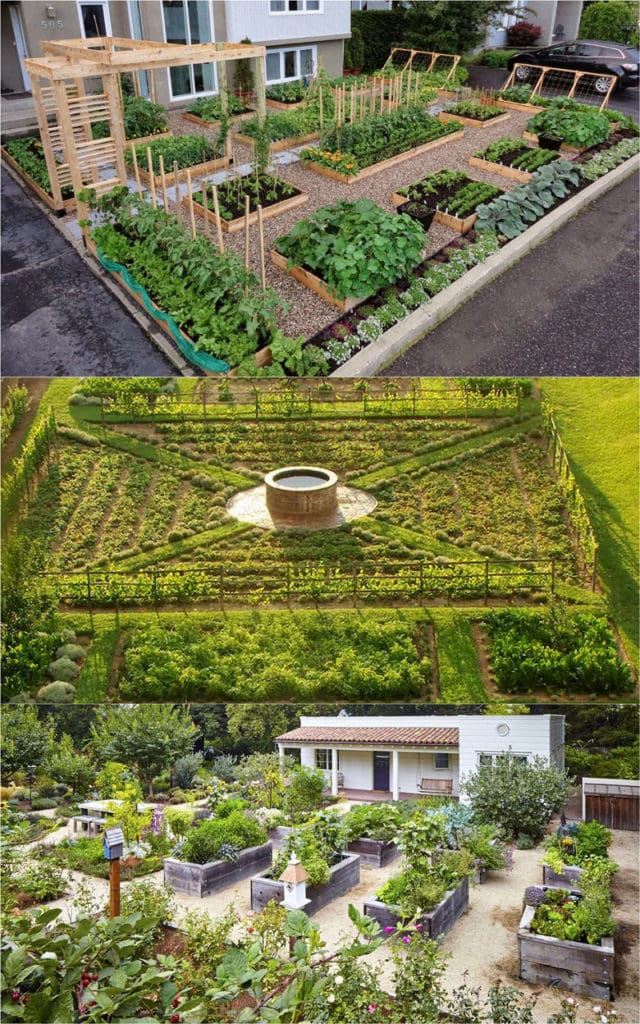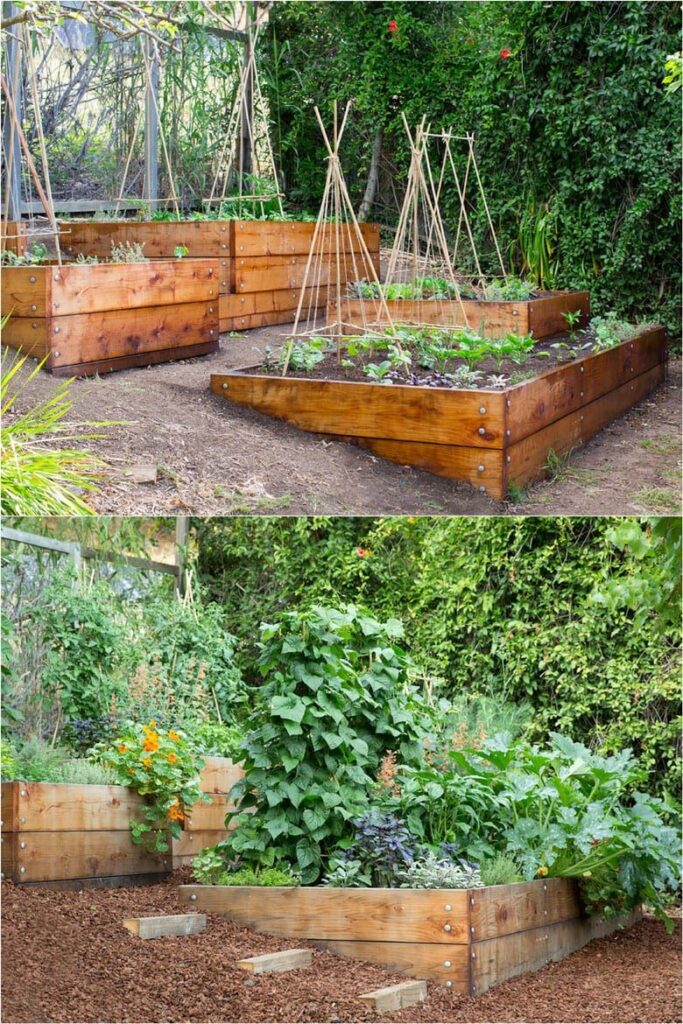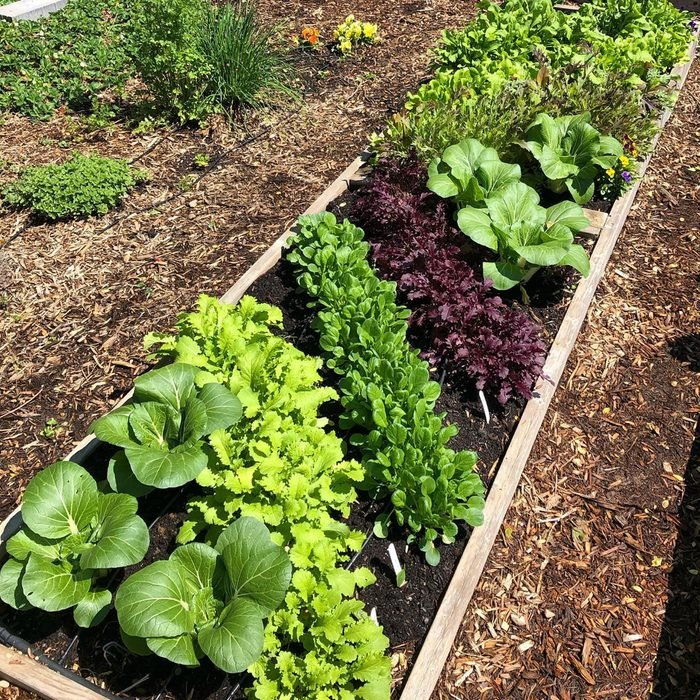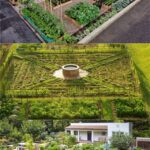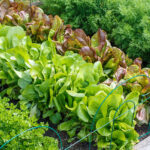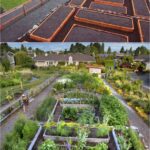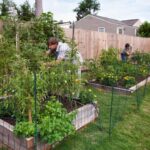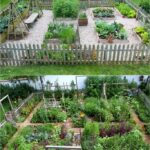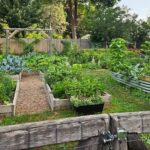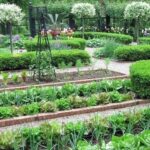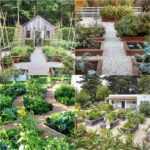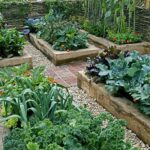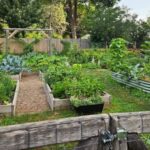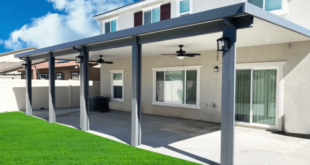When it comes to designing a vegetable garden, there are several factors to consider in order to maximize the yield and efficiency of the space. One of the most important aspects of garden design is to plan out the layout of the beds. Raised beds are a popular choice for vegetable gardens as they provide better drainage, easier access for planting and harvesting, and can help to prevent soil compaction. It is also important to consider the size and shape of the beds to ensure that there is enough space for each plant to grow and thrive.
Another crucial aspect of garden design is choosing the right location for the garden. Vegetables typically require full sun, so it is important to select a location that receives at least 6-8 hours of sunlight each day. The site should also have access to water for irrigation and be in a location that is protected from strong winds and extreme weather conditions. Additionally, it is important to consider the proximity of the garden to the kitchen or other areas of the home where the produce will be used, as this can make it easier to harvest and use the vegetables.
In addition to the layout and location of the beds, choosing the right vegetables to grow is also an important aspect of garden design. It is important to consider factors such as the climate, soil conditions, and available space when selecting which vegetables to plant. It is also a good idea to consider planting a variety of vegetables to ensure a diverse and balanced diet. Some popular vegetable options for a home garden include tomatoes, peppers, cucumbers, zucchini, and lettuce.
Another important consideration in vegetable garden design is crop rotation. This involves planting different types of vegetables in the same space each year in order to prevent soil depletion and reduce the risk of pest and disease issues. Planning out a crop rotation schedule can help to ensure the long-term health and productivity of the garden. It is also important to practice good garden hygiene by removing weeds, debris, and diseased plants regularly to prevent the spread of pests and diseases.
Finally, incorporating companion planting into the garden design can help to increase vegetable yields and deter pests naturally. Companion planting involves planting certain plants together that benefit each other in some way. For example, planting marigolds near tomatoes can help to repel pests, while planting beans near corn can help to fix nitrogen in the soil. By carefully planning out the layout, location, and plant selection for a vegetable garden, gardeners can create a productive and attractive space that provides fresh, homegrown produce throughout the growing season.
